
United 'optimizes' hubs to carve out new routes
Oct 28, 2018
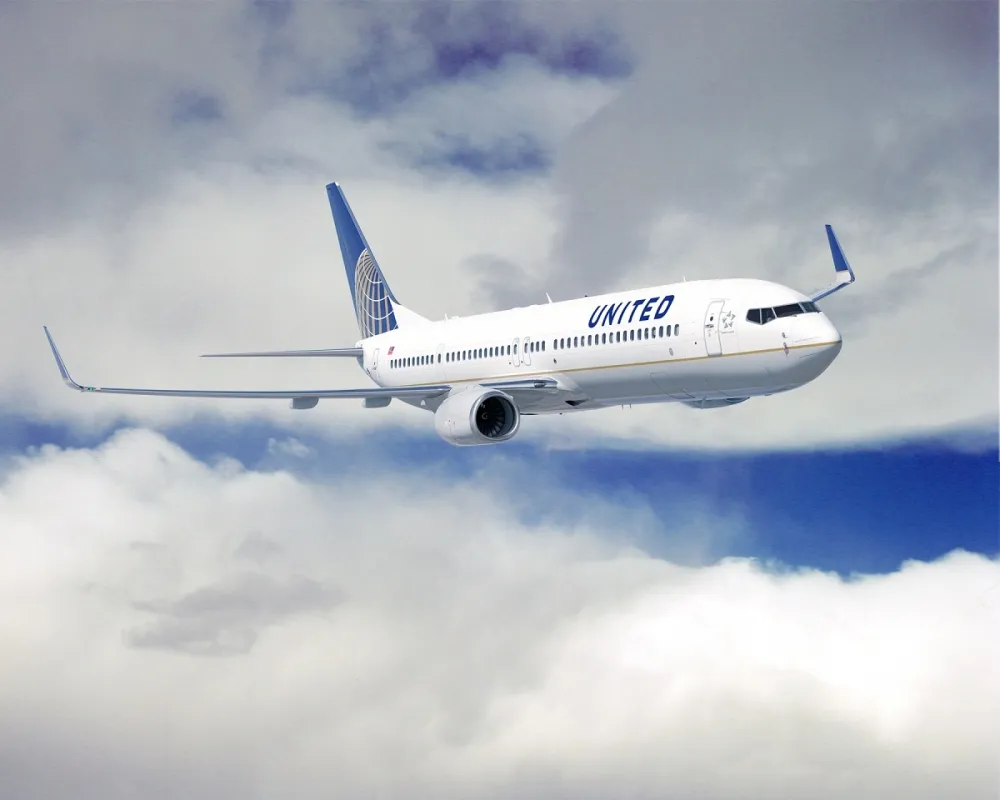
United Airlines is focusing on optimizing its hub operations to create new flight routes that enhance connectivity and efficiency. By analyzing travel patterns and demand, the airline aims to streamline its scheduling and resource allocation at key hubs. This strategic move not only seeks to improve passenger experience through reduced layover times and more direct flights but also aims to bolster the airline's competitive edge in the market. The initiative reflects United's commitment to adapting its network in response to evolving travel needs, ensuring it remains a preferred choice for travelers across various destinations.
Understanding United Airlines' Hub Optimization Strategy
United Airlines has embarked on a strategic initiative to optimize its hubs, aiming to enhance efficiency and unlock new routes. This approach is critical for the airline's growth, particularly in a highly competitive market. By analyzing traffic patterns and customer demand, United is positioning itself to serve both domestic and international travelers more effectively.
The Importance of Hub Optimization
Hub optimization is essential for any airline, as it directly influences operational efficiency and customer satisfaction. United Airlines recognizes this and is proactively investing in its hub infrastructure. The primary goals of this strategy include:
- Reducing operational costs
- Enhancing customer experience
- Increasing flight frequency
- Expanding route networks
Through careful analysis and planning, United aims to ensure that each hub serves as a vital link in its extensive network, facilitating seamless connections for passengers.
Key Hubs and New Routes
United Airlines operates several key hubs, including:
| Hub Location | Primary Routes | New Route Opportunities |
|---|---|---|
| Chicago O'Hare (ORD) | Domestic and International | Emerging Markets in Asia |
| Newark Liberty (EWR) | Transatlantic Routes | Increased Caribbean Destinations |
| San Francisco (SFO) | Pacific Routes | New Zealand and Australia |
By focusing on these hubs, United seeks to expand its global reach and tap into new markets that are becoming increasingly accessible. This strategic approach not only boosts United Airlines' market share but also enhances its brand visibility.
Leveraging Data for Route Planning
United Airlines utilizes advanced analytics and data-driven decision-making to identify lucrative route opportunities. By examining passenger data, travel trends, and economic factors, the airline can make informed choices about which new routes to pursue. This data-centric approach allows United to:
- Identify under-served markets
- Determine optimal flight frequencies
- Adjust pricing strategies
As a result, United can effectively meet customer demand while maximizing profitability.
Enhancing Customer Experience
In addition to optimizing its hubs and routes, United Airlines is committed to enhancing the overall customer experience. Initiatives include:
- Improving in-flight services
- Upgrading airport facilities
- Streamlining check-in and boarding processes
By prioritizing customer satisfaction, United aims to foster loyalty and encourage repeat business, which is vital for long-term success in the airline industry.
Key Challenges in Hub Optimization
While the benefits of hub optimization are clear, United Airlines faces several challenges, including:
- Regulatory hurdles
- Competition from low-cost carriers
- Fluctuating fuel prices
Addressing these challenges requires strategic planning and adaptability. United must remain vigilant and responsive to market changes to maintain its competitive edge.
Future Outlook
The future of United Airlines is closely tied to its hub optimization strategy. With a focus on expanding its route network and enhancing operational efficiency, the airline is well-positioned for growth. As travel demand continues to rebound, United's investments in its hubs will play a crucial role in capturing new opportunities and ensuring a robust recovery.
Conclusion
United Airlines' commitment to optimizing its hubs and carving out new routes demonstrates its proactive approach to navigating the complexities of the airline industry. By leveraging data, enhancing customer experience, and addressing challenges head-on, United is setting the stage for future success. This strategic focus not only improves operational efficiency but also solidifies United's position as a leader in the aviation market, making it a compelling choice for travelers worldwide.
Related Articles

Explore Thailand: The Best Islands to Visit for Paradise, Adventure, and Relaxation

The Ultimate Guide to the Best Islands in Thailand for Your Next Getaway

Do babies need passports? How to get a passport for a newborn

How to get a U.S. passport fast: here’s how to expedite the process
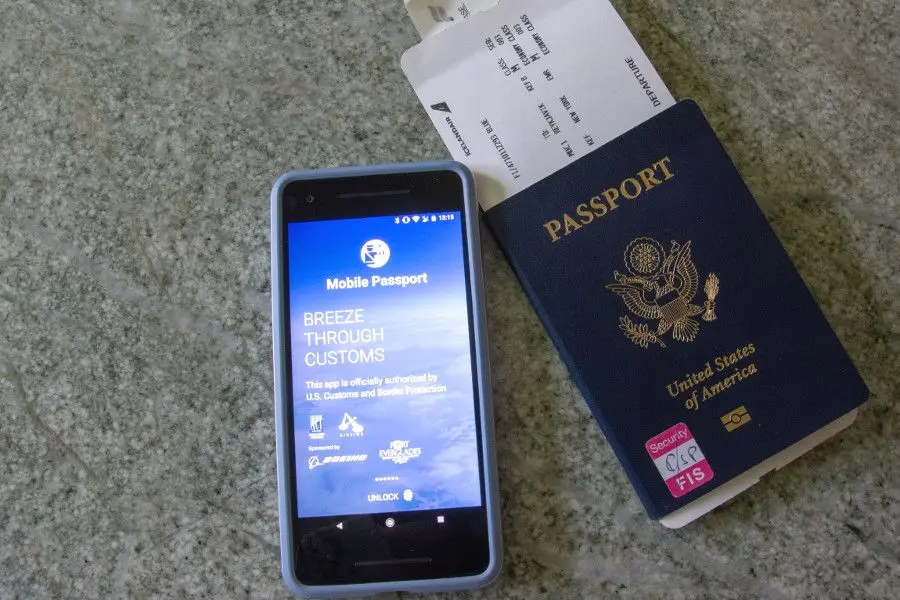
What is Mobile Passport Control: 5 reasons why you should use it
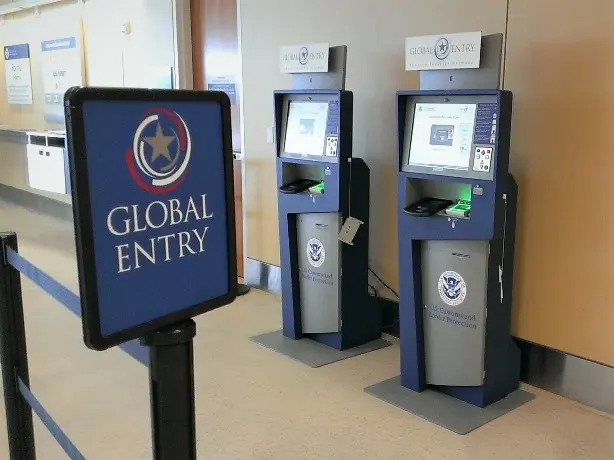
SENTRI vs. Global Entry: A detailed guide

Do you need a passport to go to the Bahamas? Let’s find out

Do you need a passport to go to Mexico? A detailed guide

Do you need a passport to go to Canada? We got the answer

Do You Need a Passport for a Cruise: An Essential Travel Guide

Booster Seat Requirements: All the Rules to Follow in Your Rental Car
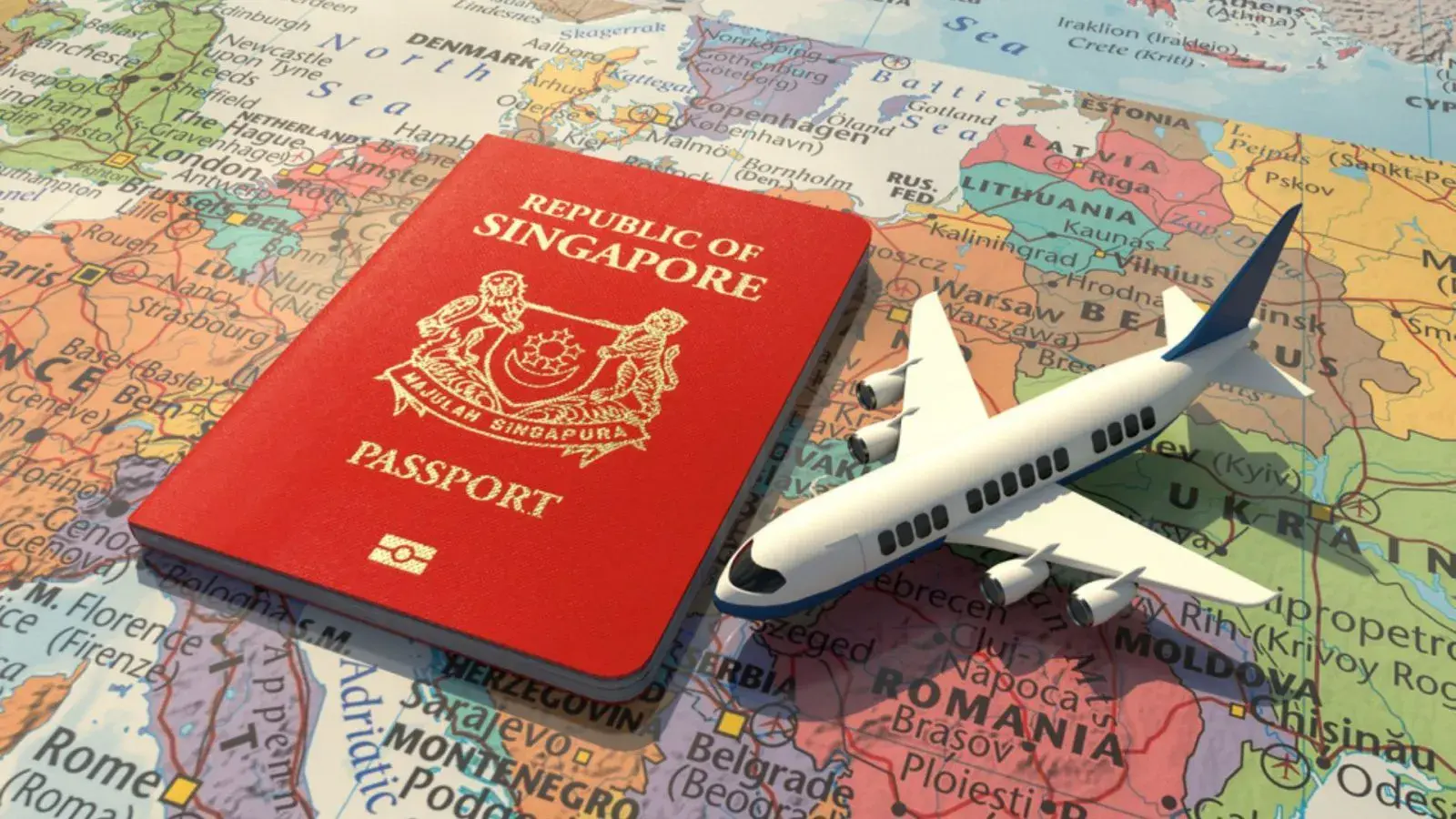
What Are the World’s Most Powerful Passports, and How Does Yours Rank?

How to Take a Passport Photo at Home: A Helpful Guide
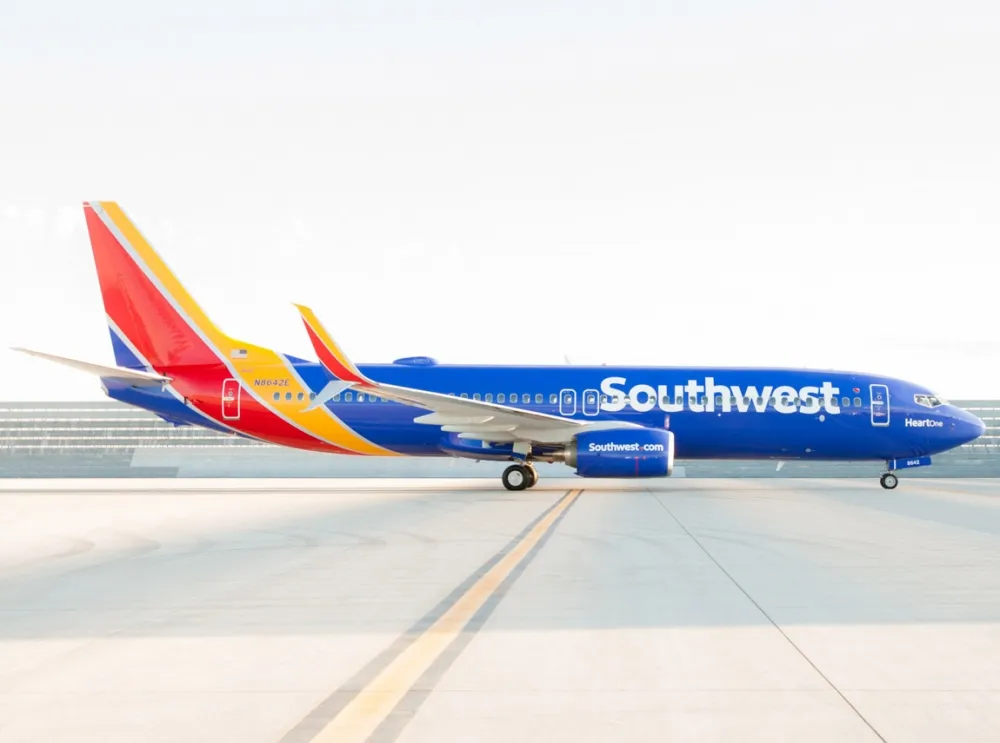
You've got to have heart! Southwest's new livery

Your opinion: Should water be free on low cost carriers?

Young women bolder than guys as solo travellers
